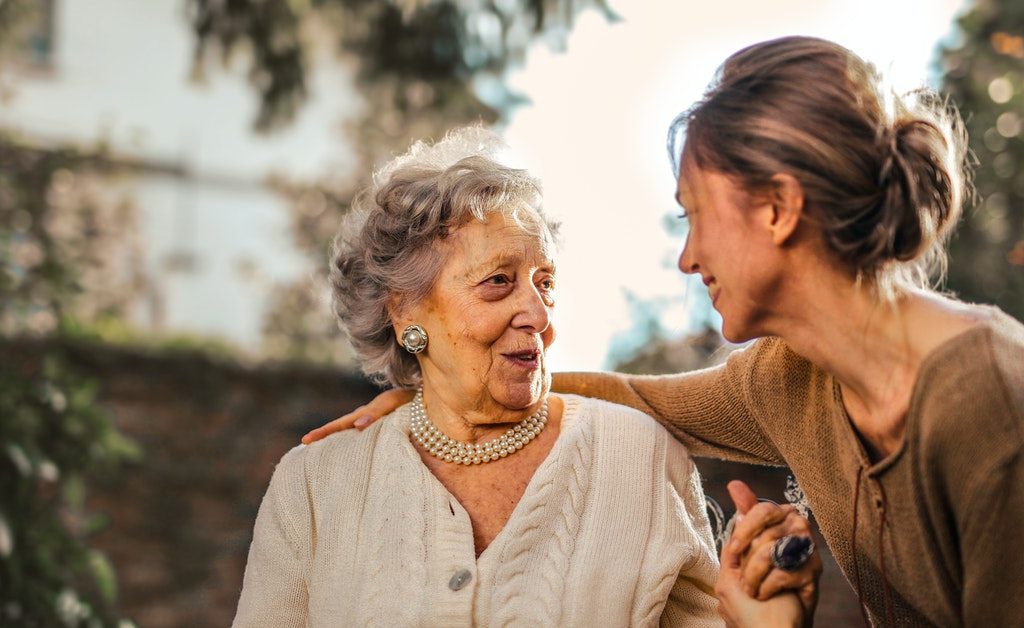Are you or is someone you care about on the road to recovery following a stroke? Being on the lookout for potential mobility issues that can arise in the months and years following a stroke is an important part of the journey to recovery. Even if you have completed the rehabilitation phase of stroke recovery, sneaky setbacks can surface that can slow your progress. This is especially true when it comes to an individual’s movement and mobility. Here are four things to keep an eye out for to help prevent setbacks on the return to optimal health.
Potential Stroke Setback #1: Compromised Sense of Balance
It’s quite common for stroke survivors to feel unsure of their balance or slightly wobbly on their feet. Mobility aids like canes and walkers aren’t the only solution. Bracing on the foot that has been impacted by the stroke can make a significant difference in increasing stability. The foot brace may not even have to be worn all the time. Many of our clients like to keep a brace on hand for longer outings outside of the home for an added sense of stability and security.
Potential Stroke Setback #2: Decreased Endurance
Stroke survivors often feel frustrated by the fact that getting around seems to be far more tiring than before their stroke. Walking after stroke may require increased effort and concentration, and that can tire both the body and the brain. Again, a simple bracing solution can make a huge difference. For example, stroke survivors experiencing drop foot can be fitted for a brace that will reduce the extra lift that is required from their leg.
Potential Stroke Setback #3: Slips and Trips
Being unsteady on your feet and experiencing mental and physical fatigue from navigating with decreased mobility can increase the chances of a fall after a stroke. Unfortunately, a common outcome of post-stroke slips and trips is a broken wrist. This can create additional recovery complications and delays. PBO Group’s Certified Orthotists can assess the unique characteristics of an individual’s post-stroke gait and recommend a bracing solution. Braces that support the impacted lower limb in achieving an optimal position help create stability and reduce the chance of falls.
Potential Stroke Setback #4: Post-Stroke Changes Are Missed
For most stroke survivors, recovery is a marathon, not a sprint. As weeks turn into months, and months turn into years, the stroke survivor’s body continues to age and change. Adaptations that may have worked initially, may require additional tweaking to compensate for changes in the body. Because post-stroke physiotherapy and occupational therapy may no longer be occurring, issues may not get noticed to be addressed in a timely manner. Booking an annual, no-fee gait assessment with one of PBO Group’s Certified Orthotists is a great way to stay on top of potential mobility setbacks in the years following a stroke.
PBO Group is here to support you or your loved one through the stroke recovery process. We will assess your body’s unique needs and provide a range of options that we can help improve mobility and reduce the risk of slips and falls. Book a no-fee consultation today.






